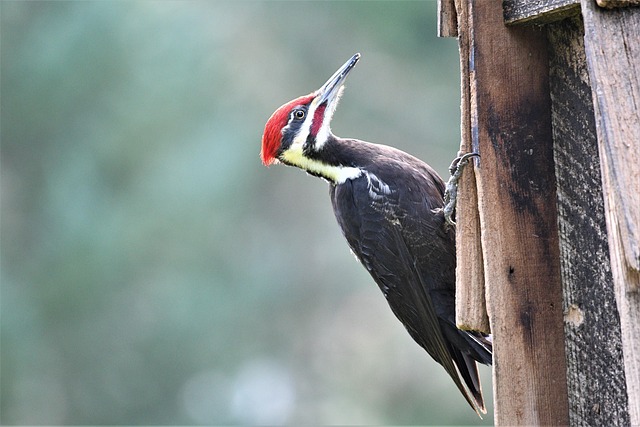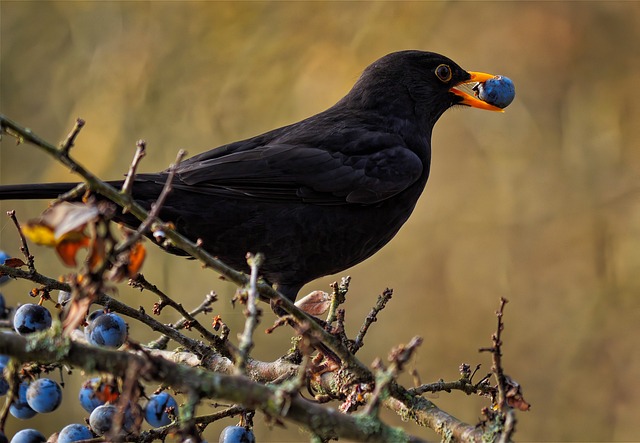In the United States, Bird Removal Service USA operators face a complex web of bird control laws varying by state due to differing ecological needs and local ordinances. They must navigate federal guidelines from agencies like the EPA, US Fish and Wildlife Service (FWS), and National Marine Fisheries Service (NMFS), as well as OSHA health and safety standards. Staying informed about state-specific and regional rules is crucial for compliance while employing non-lethal methods to address bird-related issues humanely. Citizens have rights and responsibilities regarding avian management, with options like Bird Removal Service USA available to maintain public safety and prevent disease transmission without harming protected species or disrupting natural habitats.
In the United States, bird control regulations play a crucial role in managing avian populations, especially in urban areas. This article explores the intricate web of laws and legal considerations surrounding bird removal services across the nation. We’ll delve into the national perspective on bird control, analyze state-specific regulations, and examine the rights and responsibilities of both professionals and citizens involved in avian management practices within the context of Bird Removal Service USA.
- Understanding Bird Control Laws in the USA: A National Perspective
- State-Specific Regulations and Their Impact on Bird Removal Services
- Legal Considerations for Professional Bird Control Operators
- Citizen's Rights and Responsibilities Regarding Avian Management
Understanding Bird Control Laws in the USA: A National Perspective

In the United States, bird control regulations and legal considerations vary across states, reflecting a diverse landscape and unique ecological challenges. At a national level, understanding these laws is crucial for businesses offering bird removal services to ensure compliance and effective operations. The US Environmental Protection Agency (EPA) sets guidelines for the use of pesticides, which can be instrumental in bird control, but their application is strictly regulated to protect non-target species and ecosystems.
Many states have specific regulations regarding the handling and removal of birds, especially those considered endangered or protected. For instance, certain bird species may be protected under the Migratory Bird Treaty Act (MBTA), making their removal or control illegal without specific permits. Moreover, local ordinances often supplement federal and state laws, requiring bird removal services to stay informed about regional regulations, particularly in urban areas where bird populations can significantly impact public health and safety.
State-Specific Regulations and Their Impact on Bird Removal Services

In the United States, bird control regulations vary significantly from state to state, creating a diverse landscape for bird removal services. Each state has its own set of guidelines and laws governing wildlife management and control, particularly when it comes to birds. These regulations impact how Bird Removal Services USA operate, with some states offering more stringent measures to protect native avian species and their habitats. For instance, certain states may restrict the use of specific control methods or require permits for bird removal, especially for protected species. As a result, local services must stay informed about these state-specific rules to ensure they remain compliant and provide effective solutions.
The impact on bird removal professionals is twofold; they must adapt their practices to meet local requirements while also staying updated on the latest scientific methods for humane bird control. Some states have stricter environmental protection laws, encouraging the use of non-lethal methods and deterrents as a first response. This shift in approach demands that Bird Removal Service USA adopt innovative strategies, such as habitat modification, noise deterrents, and visual scare tactics, to address bird-related issues while adhering to state regulations.
Legal Considerations for Professional Bird Control Operators

In the USA, professional bird control operators must navigate a complex web of legal considerations to ensure compliance with state and federal regulations. Engaging in bird removal services involves adhering to strict environmental protection laws, such as those enforced by the US Fish and Wildlife Service (FWS) and the National Marine Fisheries Service (NMFS). These regulations are designed to protect endangered species and preserve natural habitats, which means operators must obtain permits for certain activities like relocation or destruction of nests.
Beyond environmental regulations, bird control professionals must also consider health and safety standards set by the Occupational Safety and Health Administration (OSHA). This includes implementing practices that safeguard both workers and the public from diseases transmitted by birds, such as avian influenza. Additionally, operators may need to adhere to local ordinances regarding noise pollution, pest control, and business licensing, which can vary widely between states and municipalities. Effective management of these legal aspects is crucial for professional bird removal services to operate smoothly and ethically in the USA.
Citizen's Rights and Responsibilities Regarding Avian Management

In the United States, citizens have both rights and responsibilities when it comes to avian management, especially in the context of bird control regulations. Property owners are generally allowed to take measures to protect their spaces from bird infestations, as long as these methods adhere to local and federal laws. A popular option for effective bird removal services is available across the USA, offering humane solutions tailored to specific bird species. These services play a crucial role in maintaining public safety, ensuring that birds do not pose risks through disease transmission or damage to structures.
Citizens are encouraged to educate themselves about the legal boundaries of avian management, as well as the unique behaviors and needs of different bird species. Responsible bird control involves understanding when and how to intervene, without causing harm to protected species or disrupting their natural habitats. By balancing personal needs with environmental considerations, citizens can contribute to a harmonious coexistence between humans and birds in urban areas.
In conclusion, navigating bird control regulations in the USA involves understanding both national laws and state-specific rules. These guidelines significantly impact how professional bird removal services operate, ensuring humane and legal methods of avian management. Citizens have rights and responsibilities too, as evidenced by the legal considerations outlined here. When it comes to Bird Removal Service USA, adhering to these regulations is essential for effective and ethical wildlife control practices.
